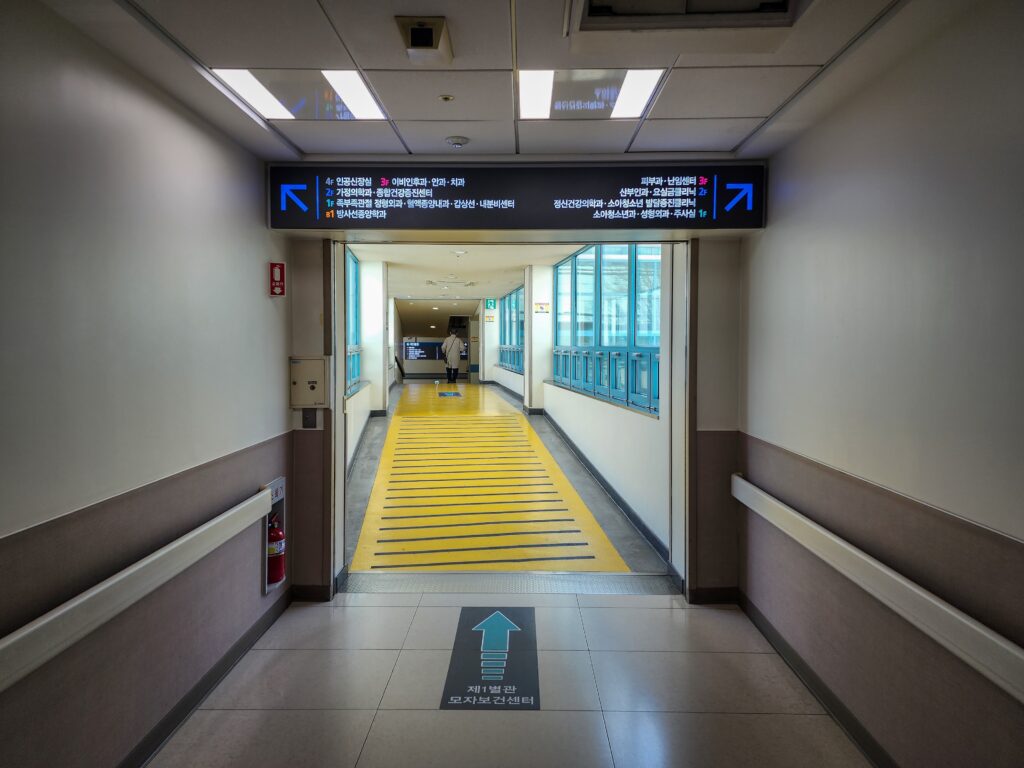The Peninsula
The South Korean Doctors’ Strike and the Global Predicament of Medical Training

Doctors’ strikes have made headlines and become a domestic political flash point in Korea, but they are only part of a global problem regarding medical training. In 2024, junior doctors and interns went on strike in the United Kingdom and Kenya, while China’s Xinhua News Agency highlighted the need for medical education reform due to suicides among medical students. An editorial in Physicians Weekly in October 2023 noted that the American medical education system is also failing to meet evolving patients’ and healthcare needs.
The South Korean health care system has been a tremendous success. Korea’s life expectancy of 83.6 years is well above the OECD average of 80.3 and is second only to Japan’s. Another key indicator of health care, infant mortality, is 2.4 per thousand in Korea, below the OECD average of 4.0. The United States’ rate is 5.6. South Korea has accomplished the greatest increase in life expectancy since 1960 among any OECD country. And yet, Korea’s health care system is now under pressure.
The greatest challenge to the Korean health care system comes from the country’s aging population, which will increase the demand for long-term care services. That, however, is not the only issue. Observers point to other problems including: high out-of-pocket costs; an overutilization of health care systems as patients make unnecessary visits and demand unneeded diagnostic tests; increased rates of cancer, heart disease, and diabetes; increasing incidents of depression and suicide; and regional disparities in the availability of health care. These health care challenges are common to many advanced economies but are magnified in Korea that will see Korea become a super aged population by 2025.
The Yoon Administration points to Korea’s low doctor per capita ratio as a fundamental problem that can be dealt with through a policy solution. According to the World Population Review, the ratio of doctors per population (1,000) in Korea is 2.51, below that of some high-income OECD countries such as Sweden 7.0, Belgium 6.3, and Germany 4.5. It is, however, not far out of line with others such as the United States 3.5, United Kingdom 3.2, and Japan 2.6. It is higher than the ratios in Canada 2.46, Singapore 2.4, or China 2.4. Yet, given Korea’s aging population, it is almost certainly the case that Korea needs more doctors.
The Korean government’s plan is to increase medical school admissions by 2,000 per year beginning in 2025. That would increase the number of admissions from the current 3,000 up to 5,000, a large jump. The objective would be to add 10,000 to the current number of 130,000 physicians by 2035.
Opposition to the plan has led to doctors’ strikes in Korea. Strikers contend that medical schools cannot handle such an increase without a drop in the quality of education. They also argue that the main problem is not an overall shortage of doctors but a shortage in medical specialties such as obstetrics, pediatrics, and emergency care. A raw increase in admissions would not address shortages in those specialties, they contend, nor would it ensure that doctors would set up their practices in underserved regions in Korea. The strikers seek improved working conditions for junior doctors and targeted incentives. In response, the Korean government has taken a firm line against the strikers, generally with public support, but has also announced pay increases and improved working conditions for junior doctors, and released detailed plans of how the increased admissions would be distributed among universities. The dispute remains unresolved.
The problem of poor working conditions for junior doctors and interns is shared globally:
– In the UK, doctors’ strikes have been precipitated by a 26% real-term pay cut among junior doctors since 2008, as pay increases have fallen far short of inflation. At the same time, they are working longer hours, often unable to take breaks. Many are struggling to pay rent. The British government has offered a 2% pay increase.
– In Kenya, almost all of the 4,000 doctors in the public healthcare system struck on March 14, 2024, demanding implementation of pay increases and better working conditions they were promised by the government in 2017. The Kenyan government has proposed decreasing interns’ salaries by 80% to cover other health care costs.
– In China, resident doctors are also considered master’s students—therefore they work doctor’s hours while living on student stipends and must deal with academic as well as professional pressures. Multiple suicides among the Chinese resident doctors have opened a public debate on the need for reform, especially higher pay.
– In the United States, residents work up to 100 hours a week, with shifts lasting up to 28 hours. Sleep deprivation is making medical mistakes more likely.
Why is this problem emerging everywhere? The culture of medical training has always forced junior doctors and interns to work excessively, perhaps as an introduction to an ethos of sacrifice, akin to military boot camps. That does not explain why current pressures are reaching a boiling point, as indicated by strikes that affect the very patients health care systems are built to serve.
There is, of course, no single explanation for this but some of the factors might include: (1) Increased patient demand, not exclusively among aging populations. As modern medicine is able to treat more conditions better, people’s expectations as to what treatment they should be able to receive have risen; (2) Health care systems have become more expensive to operate and interns and junior doctors are in a relatively weak bargaining position compared to other demands on the system; (3) Medicine has become increasingly bureaucratized and the burden of record entry has fallen on interns and junior doctors; (4) Even in countries which consider health care a matter of publicly-funded obligation rather than dependent upon market forces, government budgets are increasingly constrained and cuts have fallen disproportionately on medical staff.
The debate over the role of public policy in medical education and addressing healthcare disparities is not unique to Korea. However, Korea’s distinctive demographic challenges have thrust it into the vanguard of nations making critical decisions on medical training. Other countries should watch and learn from how Korea addresses its challenges.
Mark Tokola is the Vice President of the Korea Economic Institute of America. The views expressed here are his own.
Photo from Shutterstock.
KEI is registered under the FARA as an agent of the Korea Institute for International Economic Policy, a public corporation established by the government of the Republic of Korea. Additional information is available at the Department of Justice, Washington, DC.
